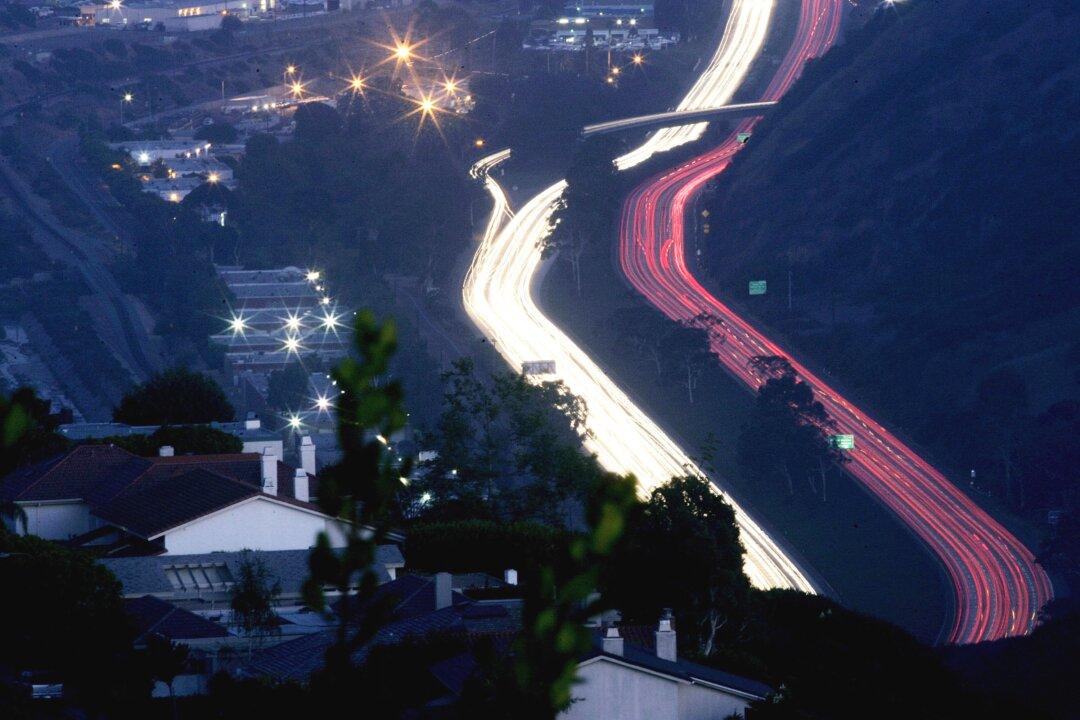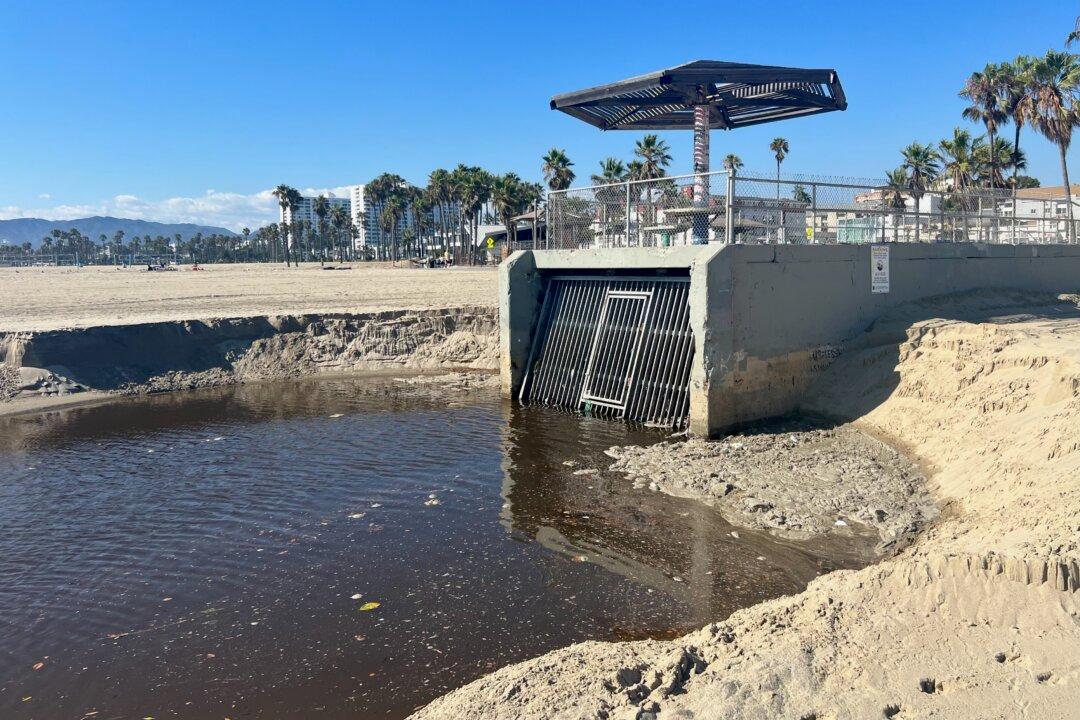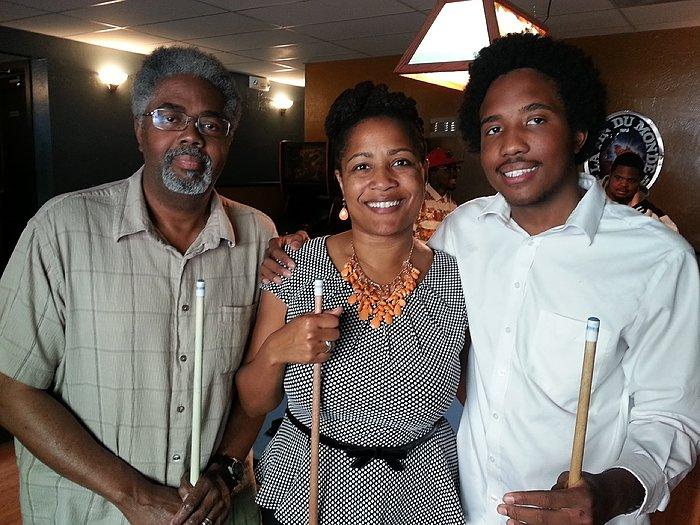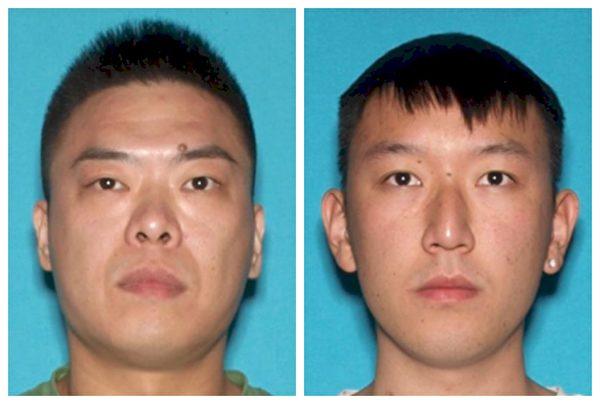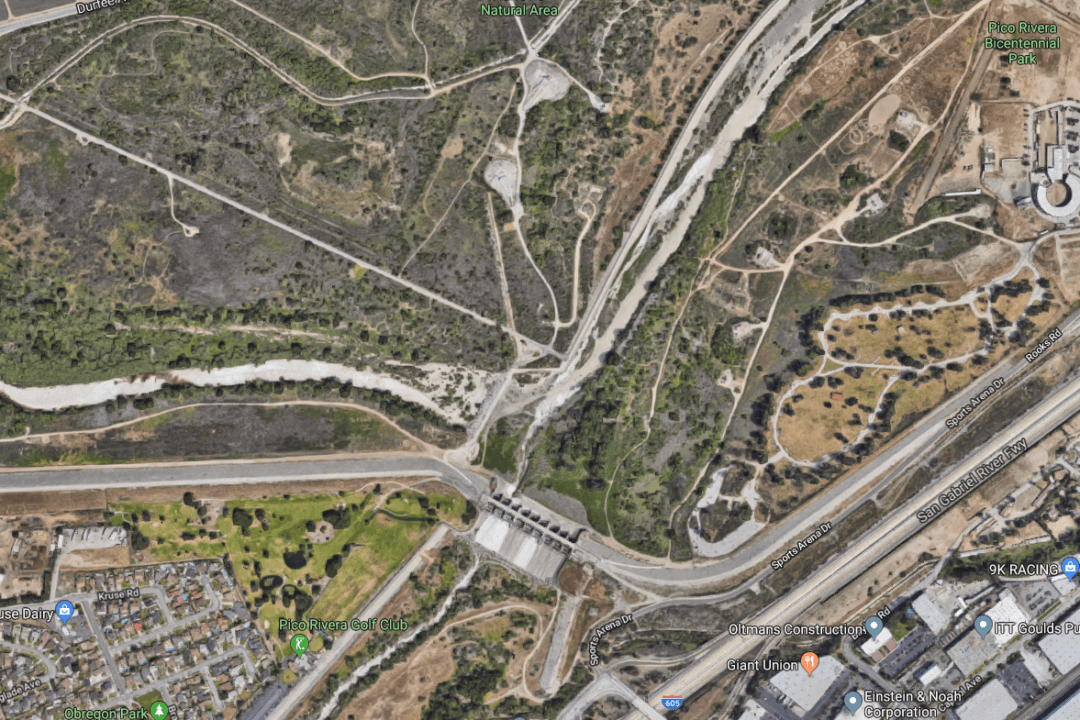Drivers in California might be allowed to drive whatever speed they like in lanes on two major highways in the near future if a new bill proposed last month becomes law.
The bill, SB 319, requires California to construct two additional lanes on Interstate 5 and State Route 99 north and southbound. The newly created lanes, which will be separated from other lanes, will have no speed limits.
